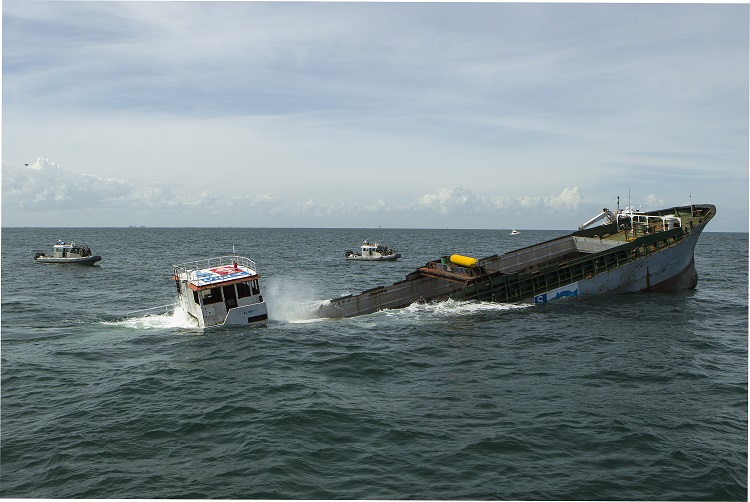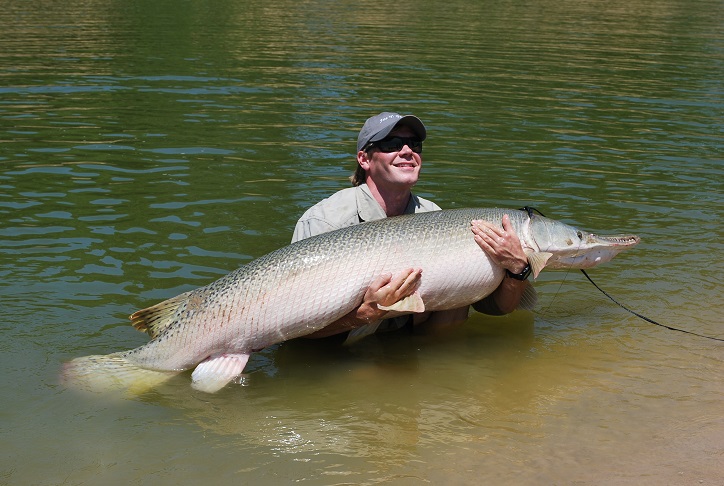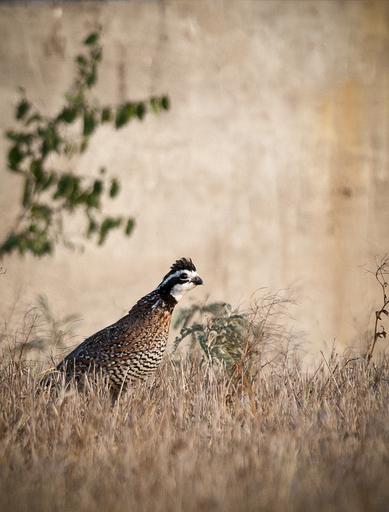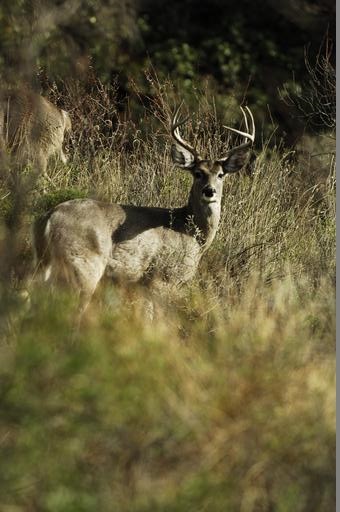Angling: Near Shore Reefing of the Kinta
Thursday, November 13th, 2014This is Passport to Texas
The Gulf of Mexico bustles with marine life with no place to call home because the floor of the gulf is…
01—Mainly mud and sand.
Dale Shively, with the artificial reef program at Texas Parks and Wildlife, says using a variety of materials, the agency creates hard substrate, habitat, for these species.
10—By putting down concrete, or steel, or a ship – that gives these organisms a place to attach and to grow. And then from there, they create this reef environment…
The reef attracts fish, thus improving angling and diving opportunities. In Mid-September, Texas Parks and Wildlife sunk the freighter Kinta in 77 feet of water, 8 miles off the coast of Corpus Christi. Shively explains what makes a ship right for a location.
12—We want a ship that’s complex and that has a lot of interest to divers, and would be beneficial for marine life. [It needs to be] clean of environmental hazards, but of the right size to fit in particular reef sites.
The Kinta fit the bill, and has a new home on the gulf floor, where marine life has already discovered it.
20—Divers have gone down just a few hours after it was on the bottom and saw fish –so they found a home immediately. But as far as organisms actually growing and attaching to it, that will take a few months. But I would say in six months it will be pretty well covered, and within a year you have a pretty significant reef.
The Wildlife and Sport Fish Restoration program supports our series.
For Texas Parks and Wildlife…I’m Cecilia Nasti.







 Passport to Texas is a
Passport to Texas is a  Passport to Texas is made available by:
Passport to Texas is made available by: